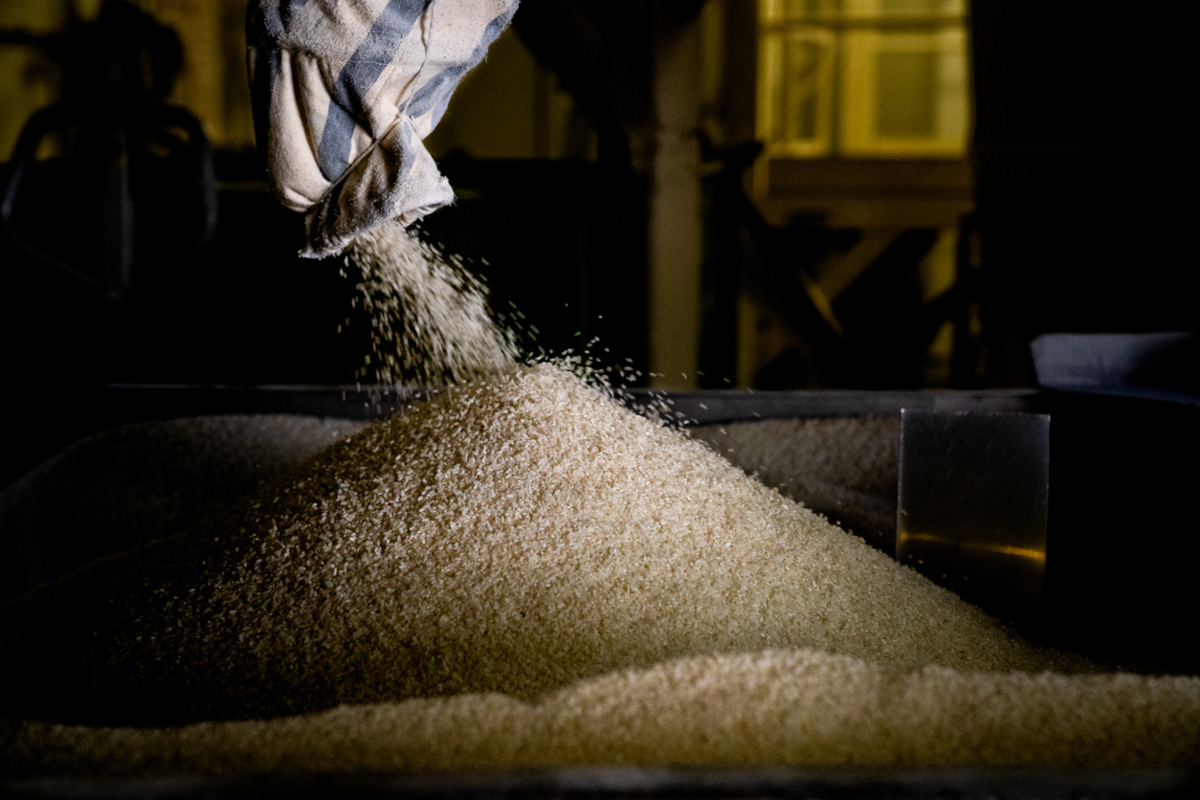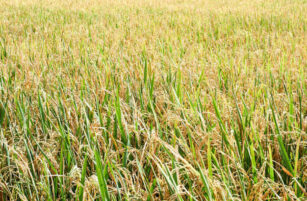Insight Focus
- Rice stocks were at all-time highs just a few years ago.
- But today, dwindling stocks coupled with protectionism and potential droughts caused by El Nino could tip the scales.
- Rice prices are set to rise, which will jeopardize food security in some of the world’s most vulnerable countries.
India Bans Rice Exports
Asia, the major rice producer, is now entering an El Nino weather pattern, which means warmer, dryer temperatures. In fact, South Asia can experience severe droughts during El Nino phases.

Source: FAOSTAT
This week, India announced a ban on exports of non-basmati white rice effective immediately. These varieties amount to about 80% of the total it sells to other countries. India currently exports over 22 million tonnes of rice per year and this move is set to send the price of rice skyrocketing.

Source: UN Comtrade
More importantly, it is responsible for exporting rice to a high concentration of low and lower-middle income countries.

Asia Remains Rice Producing Titan
It is thought that rice originated in Asia. And given that many locations in Southern and Eastern Asia still have climates that are ideal for rice cultivation, it’s no surprise that rice today is mainly grown in Asia.

Source: FAOSTAT
Rice as a crop requires a hot climate with plenty of humidity. This humidity, coupled with periods of prolonged sunshine, temperatures of between 21 and 37 degrees Celsius and a large supply of water means that rice crops flourish. As a result, China, India, Indonesia, Bangladesh and Vietnam are the world’s leading rice producers.
Rice is a relatively cheap commodity. It tends to be used in lower income countries as a staple food. It is starchy and high in carbohydrates – the body’s main source of fuel.

Rice Prices Begin to Rise
Developing countries, particularly in Asia, rely on rice. But prices have been rising recently and are now approaching levels last seen at the beginning of the Covid pandemic.

Source: World Bank
Not all developing countries are able to produce their own rice. In fact, lower-middle income countries, particularly those in Africa, are more exposed to rice imports.

Until now, there has been little reason to worry about this dependence on rice. Since the early 2000s, global rice stocks have climbed steadily, meaning the price remains relatively low. But since 2021, stocks have begun to decline.

Source: USDA
The decline in stocks, coupled with adverse weather from El Nino and India’s rice export ban all point to higher rice prices.
This will send shockwaves around the developing world and has even been referred to by some analysts as posing a greater risk to food security than the Ukraine war.
Concluding Thoughts
- Despite high global stocks in recent years, analysts are predicting a rice shortage in the next few years.
- India’s export ban is set to limit global supply, and this will be exacerbated by the El Nino weather pattern.
- This is likely to impact developing countries more severely and push up international prices.
- Fitch Solutions expects the global rice deficit to reach 8.7 million tonnes in 2022/23, the biggest since 2003/04.













